 Image: Online Business by bplanet - FreeDigitalPhotos.net
Image: Online Business by bplanet - FreeDigitalPhotos.net Today however, we will touch upon “last-mile delivery” disruptive technologies before we get deeper into our case. We are advancing the aforementioned in the sequence in order to remove any expectation that mobile app’s & disruption are an essential destination, or feature prominently within our mix of logistical solutions.
At a recent transport tech incubator session we attended, the idea of developing apps that might contribute in that enterprise was widely discussed & fervently admired. While it wasn’t practical to make a detailed case on our position, I recall expressing a note of caution in a number of respects on the obstacles to success for such an undertaking. While we are concentrating our review on core logistical design and transportation process execution, we do acknowledge the possibilities for the effective employ of mobile apps in solutions. Indeed, there are many good ones already adding value at the margins.
However, the first obstacle for those seeking to significantly disrupt a large existing transportation market is the likely countervailing political efforts of the three parties likely to be threatened by the disruptive efforts. Those parties would be:
- Organised Labour
- Integrated Transportation Corporations
- The Disrupted State Tax and/or Franchise-Licence Issuing Authority
These three parties will be formidable players in any strong independent state. If you launch from a global hegemonic state base - with political / lawfare backing in your pocket - and your prioritised markets are weaker subordinate or non-aligned states – then you are in for a scrap & yet might have some prospects of early success. Otherwise we wish you good luck - but in the real world we wouldn’t take the odds on the likelihood of your success.
The prospects of disruptive success in the US are quite low. This can be evidenced, in part, by the political heavyweight Fedex’s court case loss in which unions and government both took great interest in the outcome:
www.forbes.com/sites/robertwood/2014/08/27/fedex-misclassified-drivers-as-independent-contractors-rules-ninth-circuit/
In the cited case, the use of independent contractors can be seen as either an age-old practice or a disruptive one. This depends on the local legislative record, but often the matter has long been a tug-of-war and a fluid (or hybrid) situation exists. Yet the case stated above involved two of our three cited parties facing off against the other in the practical sense (if you discount the unionised integrated transport competitors); imagine if the interests of all three were to align against you?
You may have also noted that we inserted the following quote in the comments section against a blog entry highlighting evidence that supports the notion that the quality of business school advice on feasibility doesn't often translate that well in the real world:
“The concept is interesting and well-formed, but in order to earn better than a ‘C,’ the idea must be feasible” — A Yale University management professor in response to Fred Smith’s paper proposing reliable overnight delivery service. (Smith went on to found Federal Express Corp.)
Yes, it may be the very same company whose disruptive efforts have been dealt a recent legal blow, but in their prime years they have overall been winners. And the point of difference as we understand it with Smith was that it was his military logistics experience that underwrote the understanding of his opportunity – moreover this in itself may have been enough, given that perhaps it was just urban folklore that commonly held that Smith spent time in Australia (after one of his tours of Vietnam) with Gordon Barton’s IPEC express business before returning to the US. Barton had started his express interstate operations about a decade ahead of the other two great express entrepreneurs, Larry Hillbloom of DHL, and Smith, who both got traction in the early 1970’s.
And so too, we drew upon our own experience when raising issues relating to the engagement of contract couriers (cross town messengers) in the manner proposed by many developing what they believe will be effective disruptive technologies employed for “last mile deliveries”.
There are two specific examples concerning personnel and process in this sector that we will address. The first is the three probable reasons that UPS first rose to prominence nearly a century ago as a cross town parcel delivery service in the US. The first was workforce discipline; the second was the quality of customer facing presentation, and the third the quality of their engineering method (Taylorism). None of these factors is necessarily addressed (wholly or effectively) by disruptive technologies in-and-of themselves.
The second example is our personal experience of working with young sub-contractor couriers, those that were actively supervised by single branded employers who in turn were required to guarantee service quality. When such young sub-contractors first enter the business, they usually do not know how to budget their vehicle, fuel, or other expenses. Without experience they do not know how to navigate effectively & economically – and route planning (which can now be aided by tech) is only one part of the equation. Human negotiation issues and risk avoidance are larger factors.
So while there are many new entrants into the sector, there is a massive drop-off rate. In a situation where disruptive tech apps put individual deliveries out-to-bid, it is highly likely that under-pricing will be the norm; turnover of staff will be greater, and service quality will be lower, despite any required-for-payment milestone derived attempts at discipline attempted by e-commerce masters. As many cross-town courier radio operators said, back in the day, “it’s like running a kindergarten!”
The last and most important factor in creating effective mass transportation process is the avoidance of what we call “clunkiness”. In short, clunky transactional process costs far more than a smoothly geared one. The bidding of individual transportation transactions through a mobile application will usually add process compared to an integrated delivery-route or technology-suite operation. If the job bid-offer-response engagement is employed – there will likely be fracturing of optimal pick up or delivery runs. This will result in lower density in comparison to a driver who turns up at a single dock, and has an expectation of picking up many shipments for delivery (or alternately one who has a standard pick up route); and subsequently sets about his or her transactional delivery work on a single plan whole-of-run basis.
Engaging with occasional E-commerce customers, those often most likely to look to employ easily accessible disruptive mobile apps, creates less efficient hand-overs than regular business customers, and hence bad transactional economics for contractors in comparison.
The difference in the cost of picking up one delivery versus many deliveries sourced at the one pick-up location is great. If it is a bid-price based system – the complication and time spent bidding & accepting must be contemplated. Can the mobile app have equal performance to a carrier drivers’ device? Are the mobile scanning / labelling features comparable in quality and efficiency?
Capturing transportation sector business with disruptive tech apps & under-trained independent staff that bid too low can be no panacea if they are likely to under-perform over time in both consumer and E-tailer eyes. It is also a different style of engagement in comparison to a taxi driver substitute who in practice is actively supervised by the customer for the duration from ride acceptance, and in the main is doing one task at-a-time.
We also recall a decade or so ago reviewing one such clunky tech-based centralised system being employed for emergency response transport services in the Service Parts Logistics (SPL) sector. The service was primarily based upon employing mobile text message based bids & responses with active milestone supervision. In our experience, the level of intervention required to supervise such multi-party & multi function transactions would be best described as ugly in logistical terms. And in reality, over time, on the ground, it often ended up not being individual contractors responding to engagements, but rather local quartermaster styled operators that distributed work behind the scenes. In these instances additional clunky process is simply disguised.
Clunky process design may at times create a series of windows for greater active supervision and intervention in the transportation world, but it is incompatible with today's price ascendancy in the E-Commerce world.
And yet there are several other transportation network models we can draw upon for possible components in our solution frameworks, and we will look at those next time.






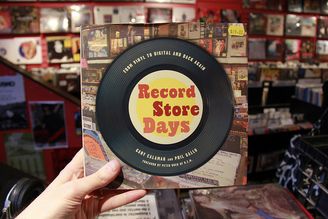
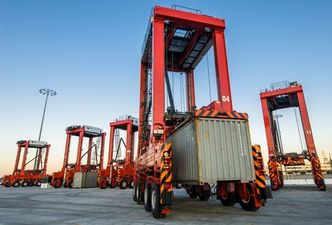

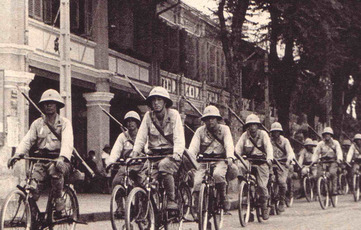
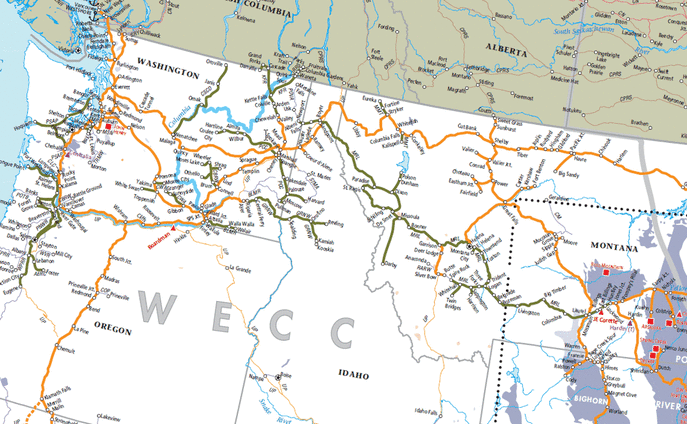


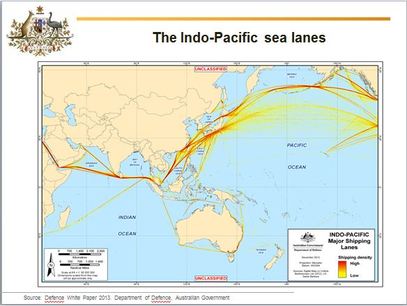
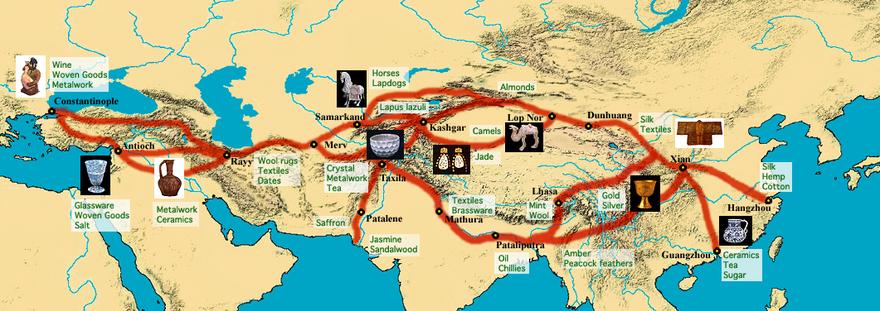
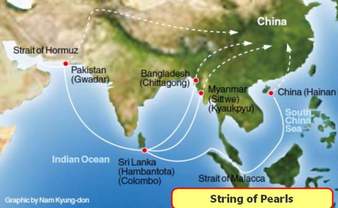

 RSS Feed
RSS Feed